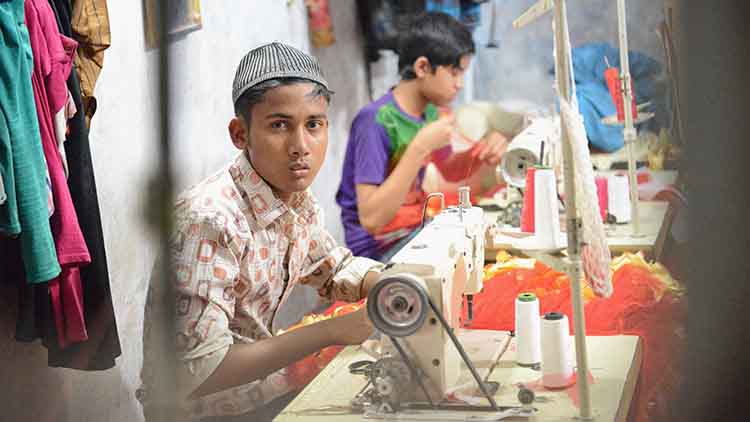Pandemic Likely To Increase Child Labour in India, Says UN Child Protection Chief

The World Day Against Child Labour, held every year on June 12, urges an increased focus to prevent exploitation of children amid the pandemic. An estimated 152 million children are engaged in child labour worldwide, 72 million of which are in hazardous work.
There are more than 10 million child labourers in India, as per the last census, although the number could be much higher.
“COVID-19 is very likely to lead to an increase in child labour and previous experiences in public health emergencies have indicated that there is a heightened risk of children being victims of violence, abuse and exploitation, and that includes child labour”, said Soledad Herrero, Chief of Child Protection, UNICEF (India). “There is also evidence that whenever there is an increase of 1% of poverty, there is also an increase of about 0.7% in child labour. Covid is leading to an increase in the demand and supply of child labour”, she said.
“COVID-19 is very likely to lead to an increase in child labour and previous experiences in public health emergencies have indicated that there is a heightened risk of children being victims of violence, abuse and exploitation, and that includes child labour”, said Soledad Herrero, Chief of Child Protection, UNICEF (India). “There is also evidence that whenever there is an increase of 1% of poverty, there is also an increase of about 0.7% in child labour. Covid is leading to an increase in the demand and supply of child labour”, she said.
.jpg)

Latest Videos
















